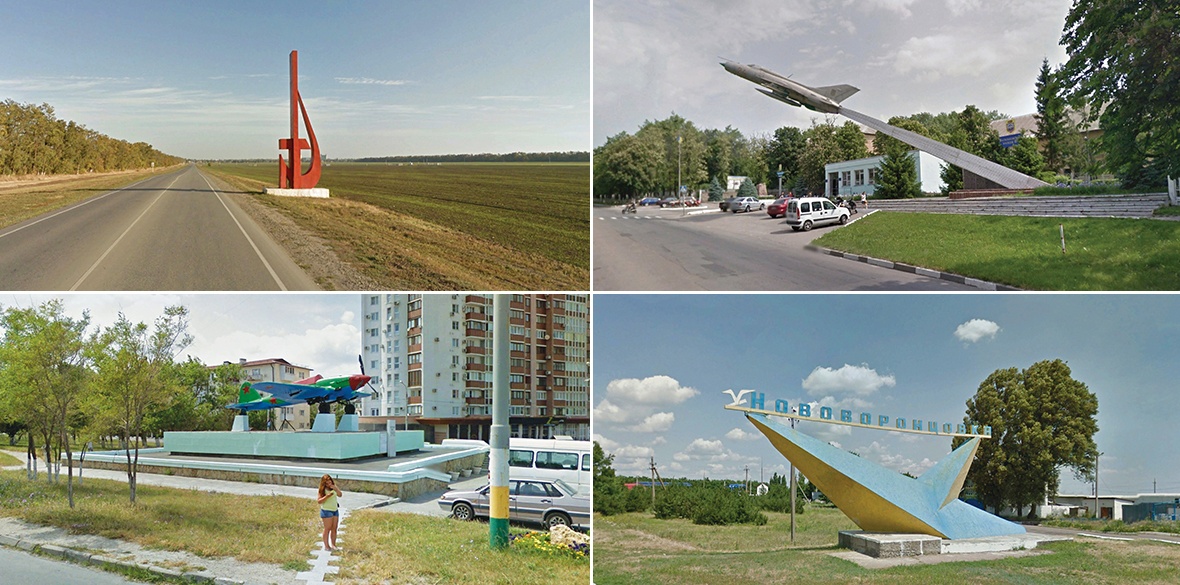This is the last article you can read this month
You can read more article this month
You can read more articles this month
Sorry your limit is up for this month
Reset on:
Please help support the Morning Star by subscribing here
WHILE “travelling” across the former territories of the Soviet Union by using Google Street View, photographer Jason Guilbeau zeroed in on images that fired his imagination.
He then stripped them of their navigational markers to eliminate visual interference and has come up with a mode of “travel” in which the sensorial experience of smells, weather, tactile sensations and sounds, including that of human voice, are absent.
But does it matter? Evidently not to Guilbeau, who seems unconcerned by the distance in both time and space to the subjects invoking his curiosity.
Yet there is an aesthetic decision-making in each frame, selected from the interminable sequences recorded by Google and that inherent depersonalisation is but a sign of the new “time of the drone” — a kind of risk-free voyeurism from afar.
The result, a measured topography rather than intimate art, is as intriguing as a curio.
Guilbeau is fascinated by the defunct in the built environment — that which is no longer meaningful, cared for or relevant — which now time and the elements are gnawing at, turning to ruin and eventually dust.
He has done the same for his native France and it’s depressingly fascinating to look at his countless examples of the end of life in architecture there, particularly in isolated rural settings.
His choices in Soviet Signs and Street Relics are like the tip of an iceberg. It is what we don’t see, but guess at, that conveys a sense of interminable loss, particularly for socialists who believed in the Soviet project, failed but noble in principle.
Most of these constructs would have encapsulated a celebration of some civic pride which are on the whole sincere if, on occasion, contrived. They are testimonies for posterity of local achievement, WWII commemoration or just expansive aesthetic ornaments expressing a spirit of the collective seeking immortality.
“Although the result of their work was propaganda, the imaginativeness and dynamism they exhibit echoes down the decades,” observes Clem Cecil, co-founder in 2004 of the Moscow Architecture Preservation Society (MAPS), in her companion essay.
Recent statistics put the numbers of Russians supporting what the Soviet Union stood for at around 40 per cent and for them these images would express far more than just nostalgia.
“It becomes increasingly difficult,” Cecil ventures, “to ascertain the meaning of these objects: are they an uncomfortable reminder of abandoned hopes, or rarely glimpsed phantoms haunting remote parts of the landscape?"
It is, she says, “as if the electric current of communist ideology no longer runs through them … [it] has been transferred to the self, rather than the collective ... [it is] the symbiosis between them and the people that has been severed.”
Perhaps not entirely. Russia’s capitalist transformation has marginalised tens of millions of its citizens, most of whom live in the vicinity of these “decaying” symbols.
But since their voice is absent from these pages we can only guess what link — emotional, ideological or political — remains that nourishes that “nostalgic” 40 per cent. That’s a subject for a different book.
Published By Fuel, £24.95. For more information and to purchase a copy, visit fuel-design.com









